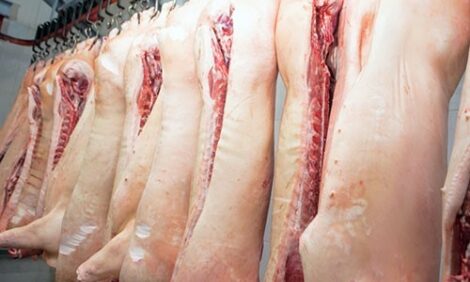



Strong red meat demand won't help eastern Canadian hog farmers - FCC
Hog outlook has weakened considerablyCattle prices for 2023 are forecasted to be higher year-over-year and above the five-year average, thanks to the smaller North American herd creating beef production challenges, according to a Farm Credit Canada (FCC) report from economics editor Martha Roberts. FCC forecasts for the outlook period have all risen since the February outlook.
According to Roberts, cow-calf profit projections are also positive, with expected revenues climbing and average costs falling year over year. Margins in 2023 are expected to be above the five-year average, and that positive outlook extends well beyond the next three months. This will be the year when feedlot margins will likely rise to be closer to break-even, with some backgrounders into the black, after years of profitability pressures. Lowered feed costs in the West will also help boost margins there.
Following news that Olymel, one of Canada's biggest pork processors, would close a hog plant in Vallee-Jonction, Quebec later this year, the outlook for hogs has continued to weaken. According to the FCC report, Ontario market hogs have dropped from 2022 highs and are now more in line with their five-year average. Feeder hog prices have dropped in the east and west of the country. Manitoba market-ready hogs have also dropped year over year, but remain above average at the moment.
Looking forward, FCC analysts warn of three trends to monitor: the shrinking of the North American cattle herd, heightened feed costs and red meat demand.
"However, Olymel’s news of its Vallee Jonction plant closing tops the list for Canada's eastern hog markets," wrote Roberts. "Hog producers in the East won’t have the same slaughter capacity to fill, with reductions in the Quebec hog herds expected to total 1 million. A new hog marketing agreement in QC will lower producer prices and introduce future profit-sharing options between processors and producers."
Going forward, FCC analysts also expect feed costs to continue to present challenges. However, prices to date and those forecast for the year have given Canadian livestock producers a reprieve.







